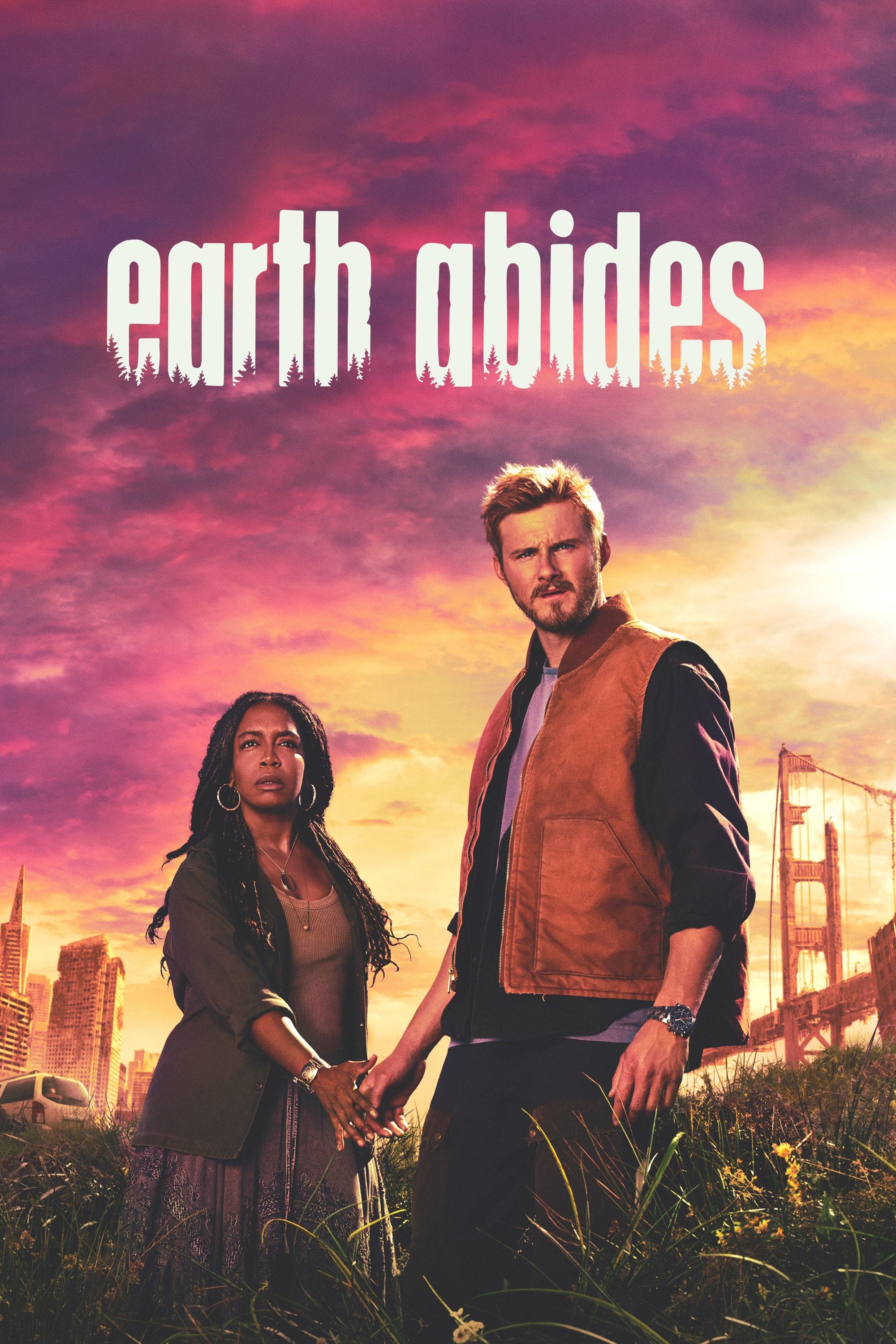
When a plague of unprecedented virulence sweeps the globe, the human race is all but wiped out. In the aftermath, as the great machine of civilization slowly and inexorably breaks down, only a few shattered survivors remain to struggle against the slide into extinction.
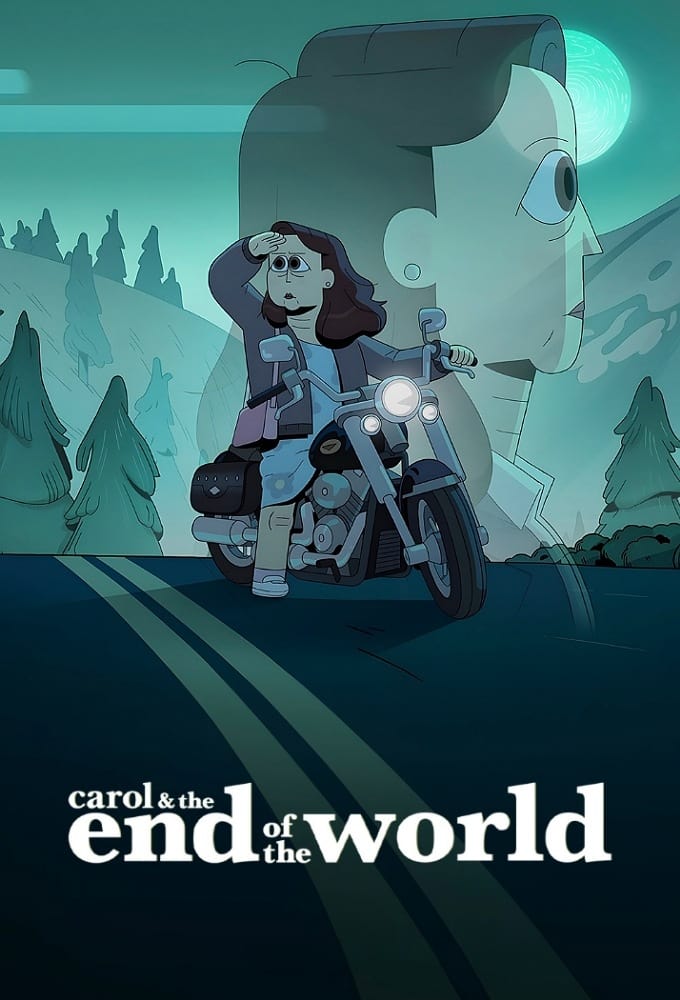
As a planetary apocalypse looms, a woman struggling to embrace end-times chaos searches for meaning in her last months on Earth.
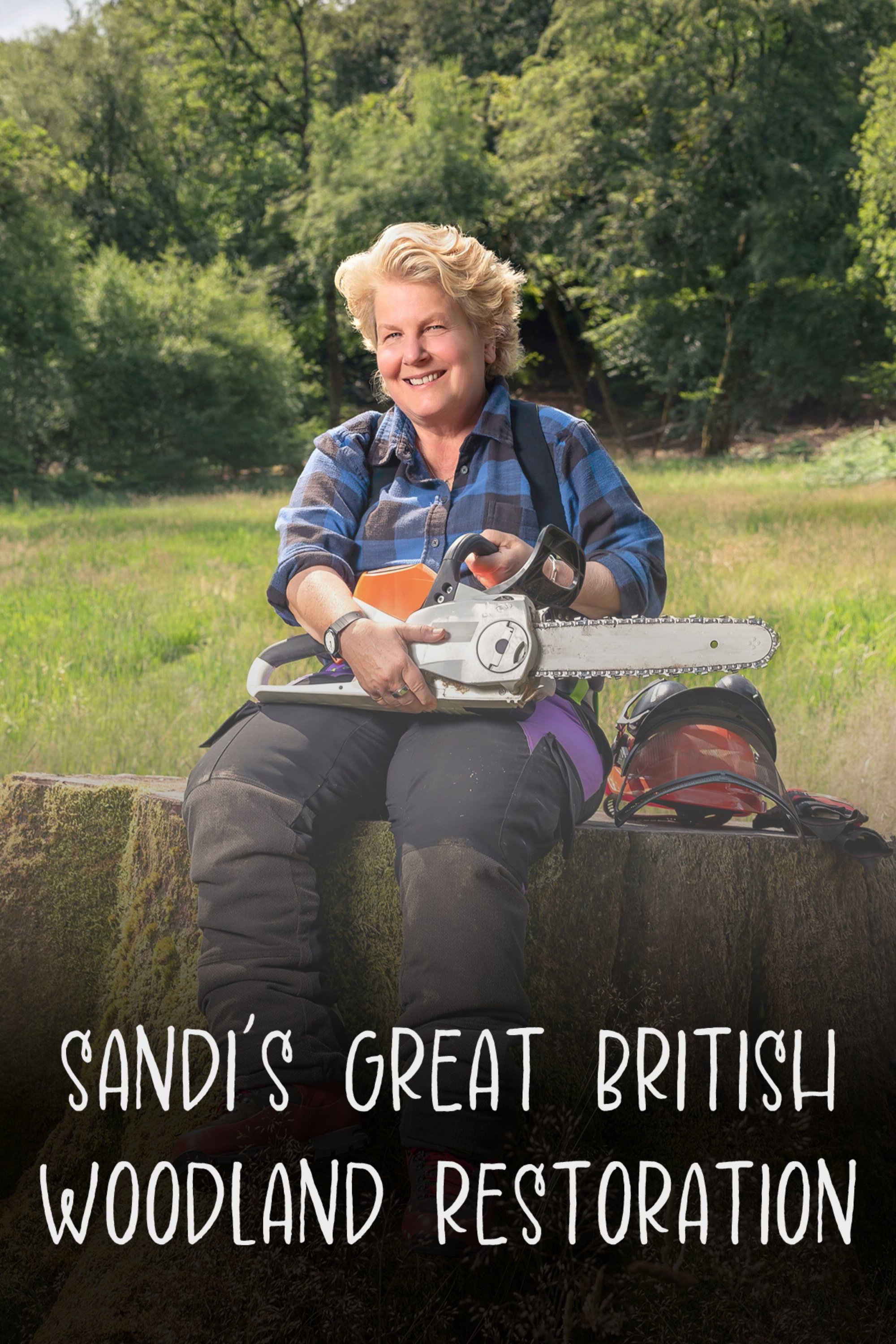
Sandi Toksvig and her wife Debbie Sandi Toksvig acquire a 40-acre ancient woodland in southern England dating from 1600, home to trees, streams, meadows and wildlife, but overgrown and diseased.
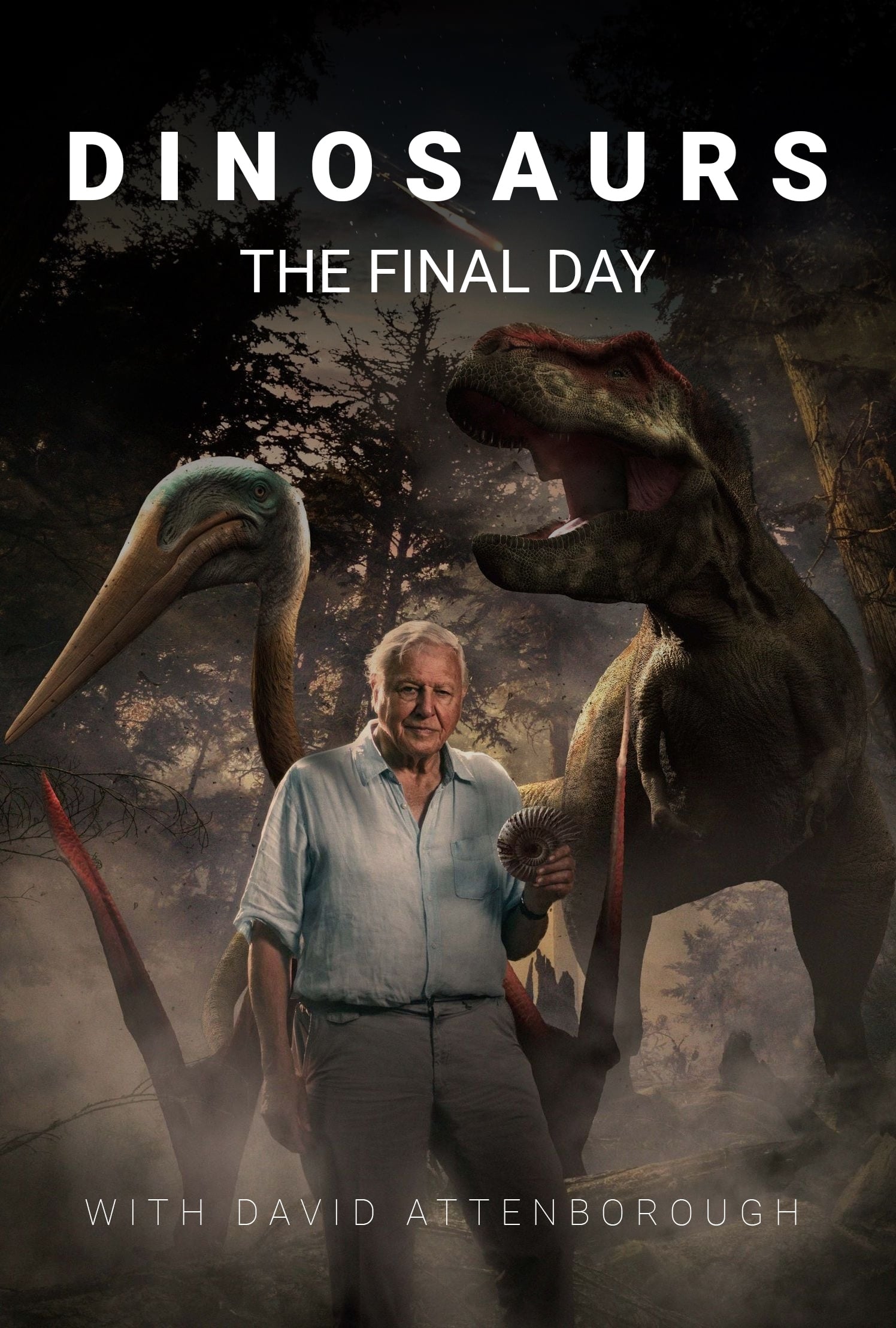
David Attenborough brings to life, in unprecedented detail, the last days of the dinosaurs. Palaeontologist Robert DePalma has made an incredible discovery in a prehistoric graveyard: fossilised creatures, astonishingly well preserved, that could help change our understanding of the last days of the dinosaurs. Evidence from his site records the day when an asteroid bigger than Mount Everest devastated our planet and caused the extinction of the dinosaurs. Based on brand new evidence, witness the catastrophic events of that day play out minute by minute.

After the extinction of the dinosaurs, the Earth was populated by other, astonishingly gigantic animals: a 13-metre snake weighing as much as a truck, a shark as big as a school bus, a 20-ton rhinoceros and a sloth 200 times the size of sloths today. Although they dominate their ecosystems, giant animals are often more vulnerable than others. They are susceptible to climate change, loss of habitat, shortages of food and competitors invading their territory. In fact, today’s last giants – the descendants of those behemoths – are all in decline. Some of them are even threatened with imminent extinction.

See the real modern-day Amazonia through an exploration of the Amazon Basin, meeting a different group of people who live there in each episode.


A mind-bending, thrilling journey exploring the fragility and wonder of planet Earth, one of the most peculiar, unique places in the entire universe, brought to life by the only people to have left it behind – the world’s most well known and leading astronauts.

The Tasmanian Tiger twists and turns depending on how it's seen. Sheep-killing beast or tragic victim of human induced extinction. Ancient painting on a rock or vivid ancestor spirit. Lost forever, or a timely reminder to respect the connection between human and animal, culture, nature and country. In stunning landscapes across Australia where Thylacines once roamed, people from wide-ranging traditions share their experiences: First Nations artists, rangers and custodians; biologists, bone hunters and archaeologists. Multiple insights combine to throw light on Australia's most wanted animal.
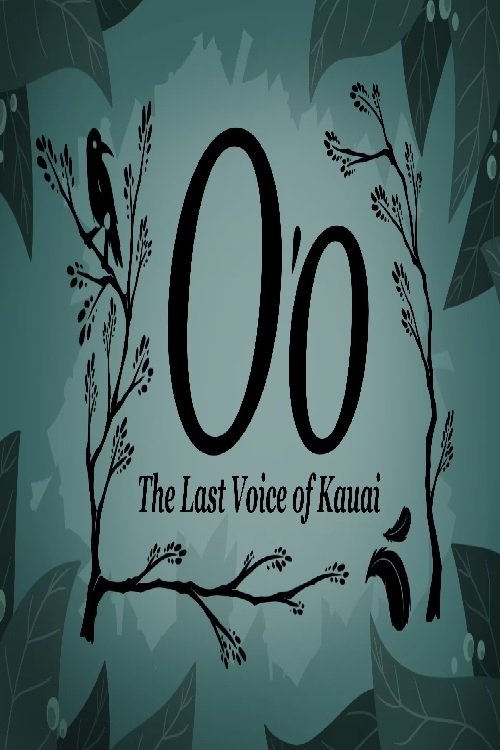
An environmental film about human-caused extinction featuring a bird known as the Kauaʻi ʻōʻō, which was once endemic to the Hawaiian island of Kaua'i.
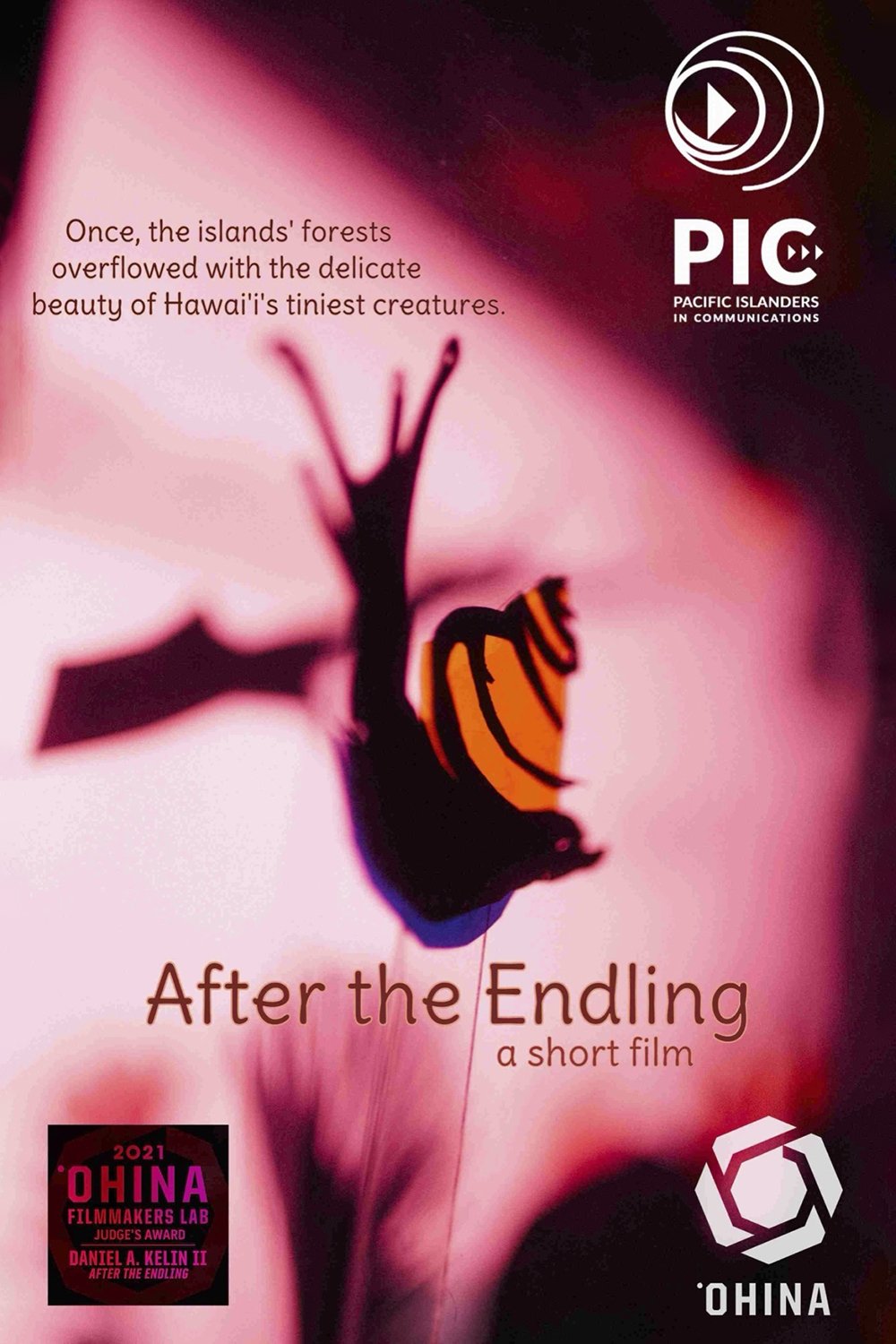
A shadow puppet film inspired by the story of an extinct Hawaiian tree snail (pūpū kani oe) named Lonely George.
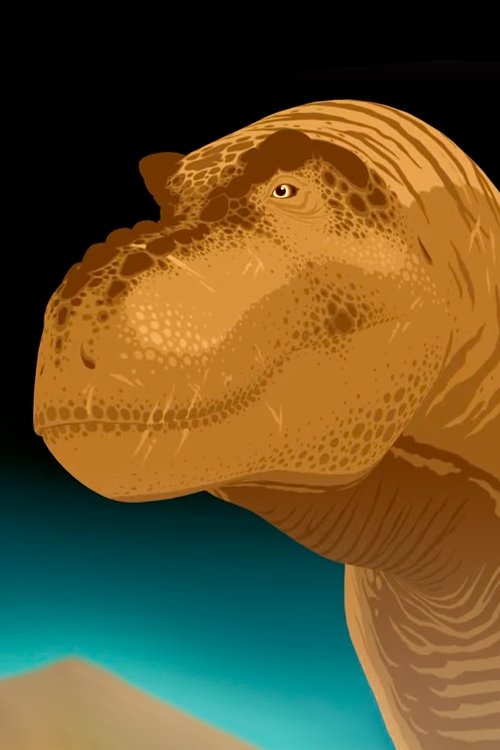
The film is set 66 million years ago in Late Cretaceous North America and covers the dramatic extinction event that wiped out the non-avian dinosaurs.

In the Netherlands, 200,000 young people are concerned about the end of the world and the major climate disasters they may experience. They learn from Greta Thunberg that the world will end if we continue like this. Climate depression and eco-anxiety have recently become official diagnoses. Robin (26 die/them), Melih (16 he/him) and Armando (21 he/him) turn their concerns into action. How far will they go and how lonely is their struggle? Documentary about the biggest problem of our time and the pressure this puts on a growing generation.

Set amidst a wave of violent animal attacks sweeping across the planet, a young renegade scientist is thrust into a race to unlock the mystery behind this pandemic before time runs out for animals and humans alike.
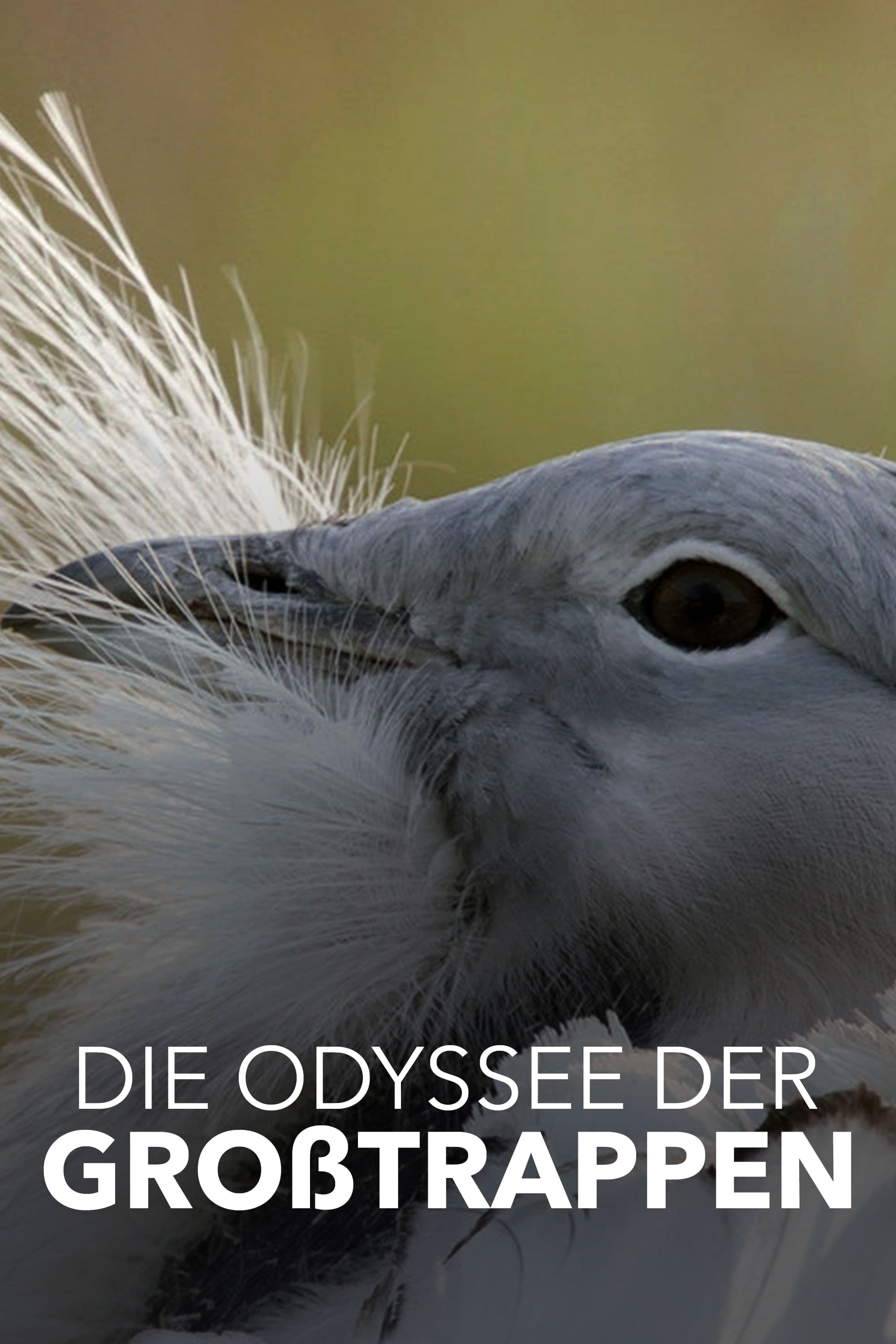

This experimental nature documentary by Minna Rainio and Mark Roberts depicts climate change and the wave of extinction from the point of view of our near future. Actually, it depicts the age we live in now, or rather its fateful consequences.
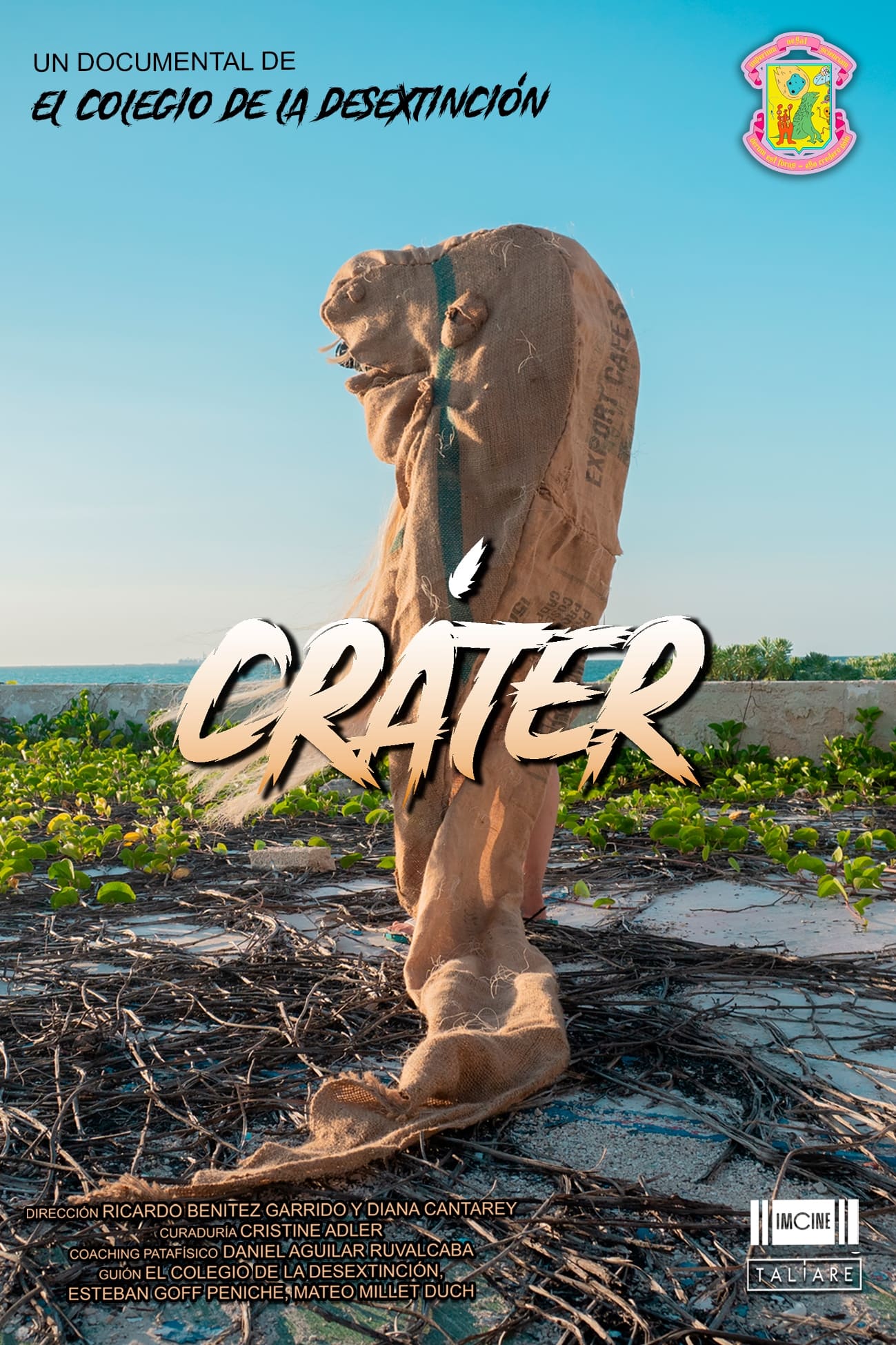
During the 2020 pandemic summer, El Colegio de la Desextinción infiltrated into the holidays of four Divine Caste’s descendants. This elite built its wealth on slavery in the sisal plantations of Yucatán, Mexico, at the end of the 19th and beginning of the 20th century. Every year these families move to their opulent summer houses at Chicxulub Puerto, built at the same place where the asteroid that killed the dinosaurs hit. In these apocalyptic beaches, seducers of asteroids and conquistadors, we proposed the young heirs to write and star in a film about Chicxulub’s crater, in which they staged their entrepreneur fantasies.This documentary is the result of the political unconsciousness of this peninsular ethnic group.
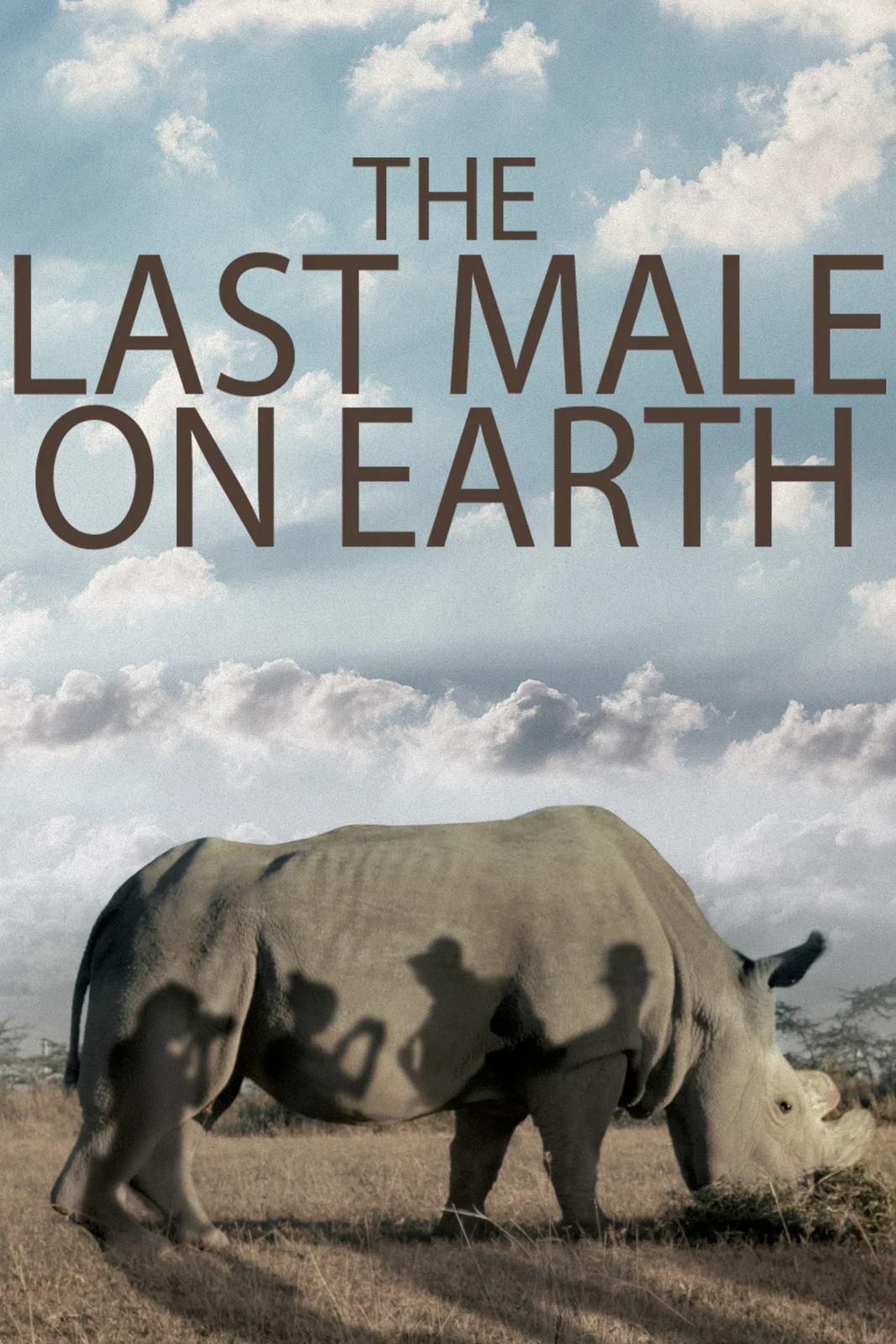
Ever since there’s only one male northern white rhino remaining on earth, armed bodyguards protect him, tourists are standing in line to make a selfie with him, journalists rush to Kenya to tell his story and scientists are determined to find ways to reproduce his species. What is so attractive about the threat of extinction? How does this reflect on us?
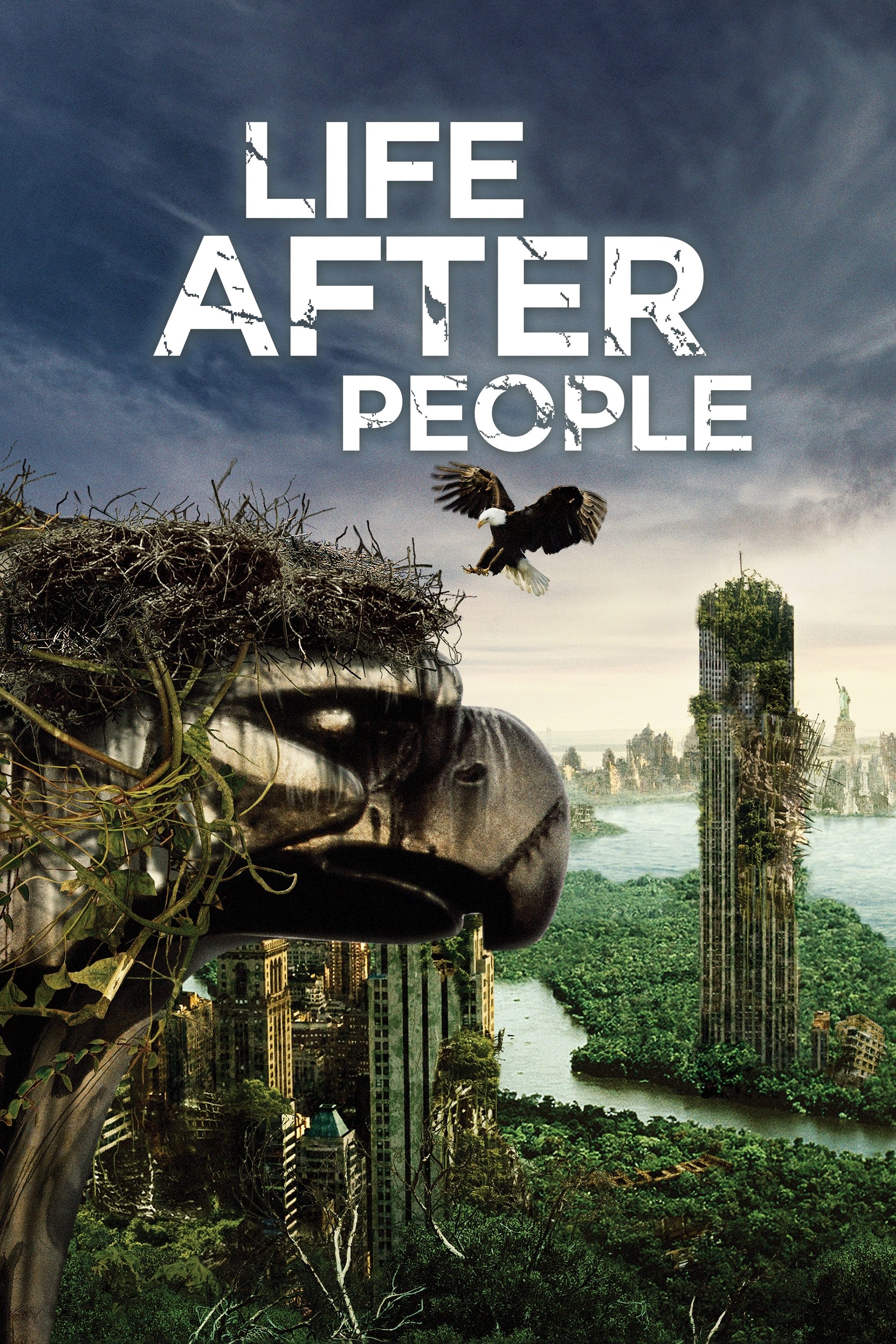
Life After People is a television series on which scientists, structural engineers, and other experts speculate about what might become of Earth should humanity instantly disappear. The featured experts also talk about the impact of human extinction on the environment, and the vestiges of civilization thus left behind.


Discovering that sharks are being hunted to extinction, and with them the destruction of our life support system - activist and filmmaker Rob Stewart embarks on a dangerous quest to stop the slaughter. Following the sharks - and the money - into the elusive pirate fishing industry, Stewart uncovers a multi-billion dollar scandal that makes us all accomplices in the greatest wildlife massacre ever known.
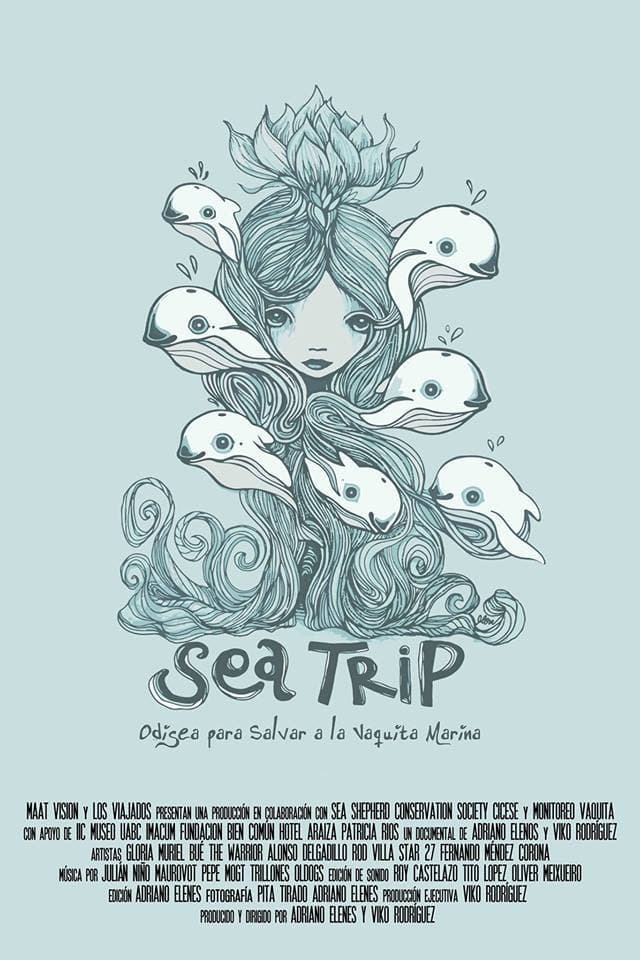
By browsing this website, you accept our cookies policy.